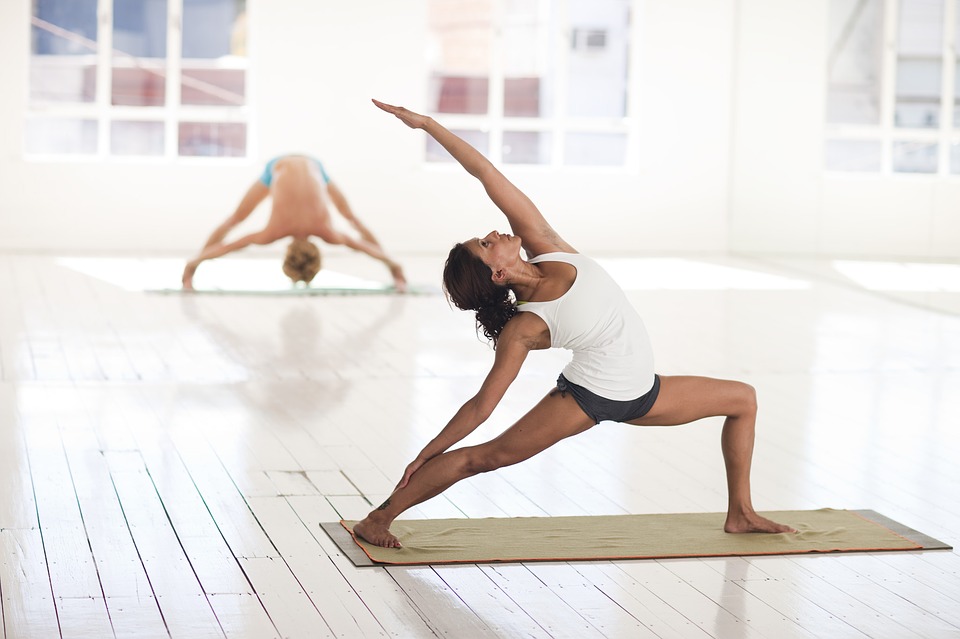Yoga has come a long way from the traditional practice it started off as, with many new types coming up all over the world.
Since the birth of yoga 5000-10000 years ago, it has a come a long way. From being a sacred practice that was only taught orally to a global phenomenon, it has gone through a lot of changes. These changes have given rise to all kind’s unique forms of yoga.
- Beer Yoga
View this post on Instagram
Origin: Apparently originated at Burning Man, the term was coined by Brooke Larson of “Beer Yoga, LLC” in February 2014.
What it is: While some events just include drinking beer after regular yoga, there are also classes that incorporate drinking right into the class. This includes poses that such as balancing the bottle on the head, raising the bottle to the sky or chugging the drink while holding a pose.
- Goat Yoga
View this post on Instagram
Origin: Lainey Morse came up with the idea at her farm when she began inviting people over to spend time with her goats, who found them to be a stress reliever.
What it is: A relaxed form of yoga, a class involves doing poses while 30-40-pound baby goats jump onto your back. Not only are they adorable and fun to play with, the little hooves provide a bonus massage as they trot about on the body. The friendly and comforting nature of baby goat can really uplift the mood of a class.
- Hot Yoga
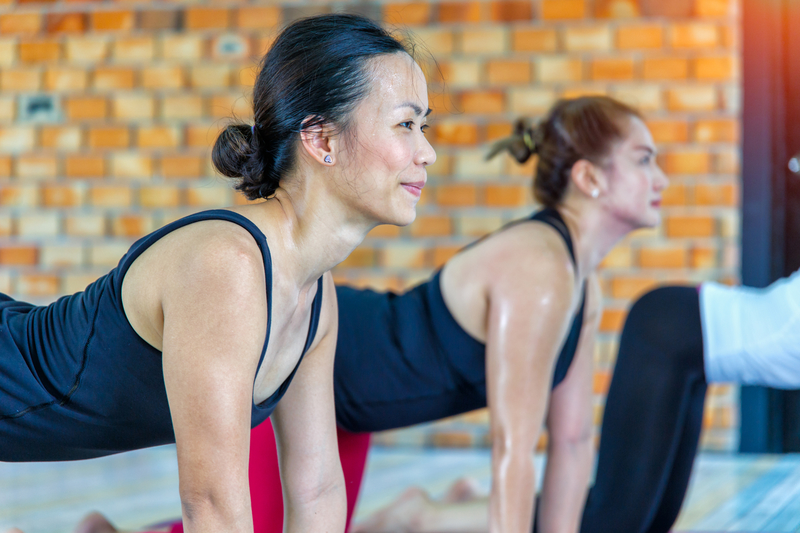
Origin: Hot Yoga was originally designed by a famous Yogi by the name of Bikram Choudhary, who was also an Olympic weight-lifting champion in weightlifting.
What it is: Hot Yoga involves specific poses in a certain sequence performed in a hot and humid room. The temperature is set to 105 degrees and the humidity level between 40-50%. Hot yoga helps muscle elasticity and skin detoxification through sweating.
- Dog Yoga –Doga

Origin: Dog yoga was started in 2001 by Suzi Teitelman, when her own dogs showed an interest in participating with her. Her Doga classes started in 2002.
What it is: There are two types of Doga:
Originating from US, this type of doga uses the dog at an object. The pets are used as props that help facilitate the poses. The pet and the practitioner are essentially one unit.
The second philosophy originates from Canada and separates the two into simultaneous doing the same poses together. The canine partner and the yogi work at a synchronized choreography together, facilitating social learning through imitation and cognition.
- Aerial Yoga, also known as Anti-Gravity Yoga

Origin: The late yogi B. K. S. Iyengar was the first to popularize props in yoga, including improvised inversion slings that are used for aerial yoga. This further developed by contributions from many people due its technical nature.
What it is: This type of yoga involves the use of suspended hammocks that have increased muscle engagement than movements done on the floor. These hammocks can support up to 300 kilos of weight, with a set up that includes support chains, a webbing strap, a silk hammock and carabineers. It helps with spinal decompression, improves flexibility and muscle and joint health.
- Sup (Stand Up Paddle) Yoga
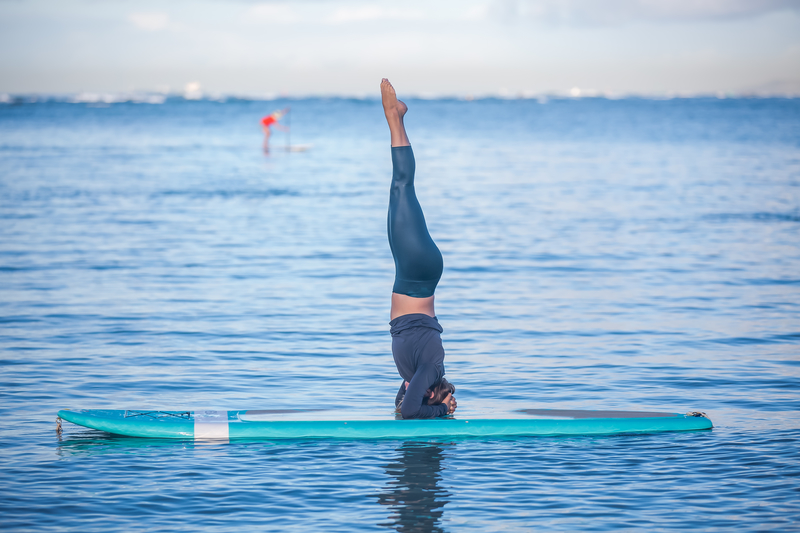
Origin: SUP yoga originated in Hawaii in the 1940s.
What it is: SUP yoga unites the sport and yoga by practicing poses on a moving paddleboard. This engages the core muscles, strengthens other muscles and demands complete focus as transitions on a moving paddleboard can be tricky. It refines technique as any miniscule misalignment means toppling into the water.
- Ganja Yoga
View this post on Instagram
Origin: One of the very first mentions of using herbs on the path to spiritual healing is in one of Patanjali’s five paths that can be followed in pursuit of enlightenment. While the reference to cannabis specifically is not definitive,
many historians agree that he was probably referring to a psychoactive plant. More recently, the first person to take Ganja yoga classes was Dee Dussault, who also authored a book by the same name in 2017.
What it is: Cannabis yoga includes practicing yoga under the influence of the plant. Limiting thought patterns, stress causing factors and old wounds can be uncovered and overcome by adding cannabis to a properly structured yoga practice. It is not a shortcut, but a way to link the subconscious with the conscious.
- Aqua Yoga
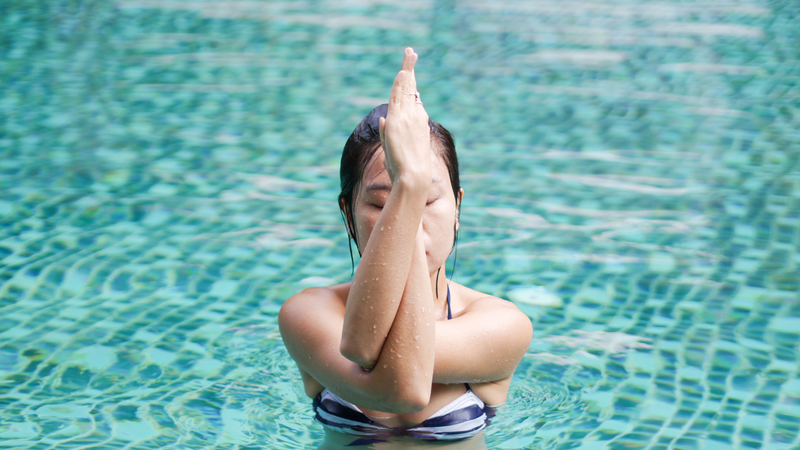
Origin: Francoise Barbira Friedman, Ph.D., a medical anthropologist, who began teaching aqua yoga classes at the University of Cambridge in 1986.
What it is: Aqua yoga is essentially a type of yoga in which the asanas are performed in water, which can be a pool or a natural water body, even. It is particularly relaxing as being in submerged in water makes it a gentle and low impact activity, while still including traditional aspects of yoga, such as posture, breath control and mindfulness.
- Pole Yoga- Polga
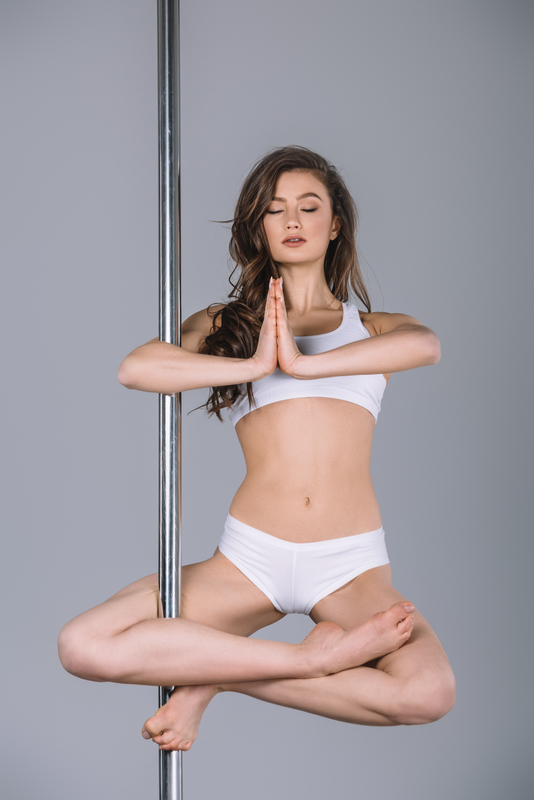
Origin: The 12th century saw the development of mallakhamb, a traditional Indian sport in which practitioners hang on to a vertical pole while doing yoga postures and other feats. The modern version was adapted by yoga instructor Carla Mock in her Kansas City yoga studio.
What it is: Polga combines elements of traditional Hatha yoga with pole fitness class. The alignment, stretching and strengthening associated with vertical pole blends with yoga’s meditative and relaxing aspects.
- Laughter Yoga
Origin: It is the brainchild of Mumbai based Physician Dr. Madan Kataria. He launched the first Laughter Club on March 13, 1995.
What it is: Also called Hasyayoga, it is a practice that involves prolonged voluntary laughter and is based on the belief that voluntary laughter provides the same physiological and psychological benefits as spontaneous laughter. Done in groups, it involves eye contact, jokes and playfulness between participants where conscious voluntary laughter often turns into real and contagious laughter.


